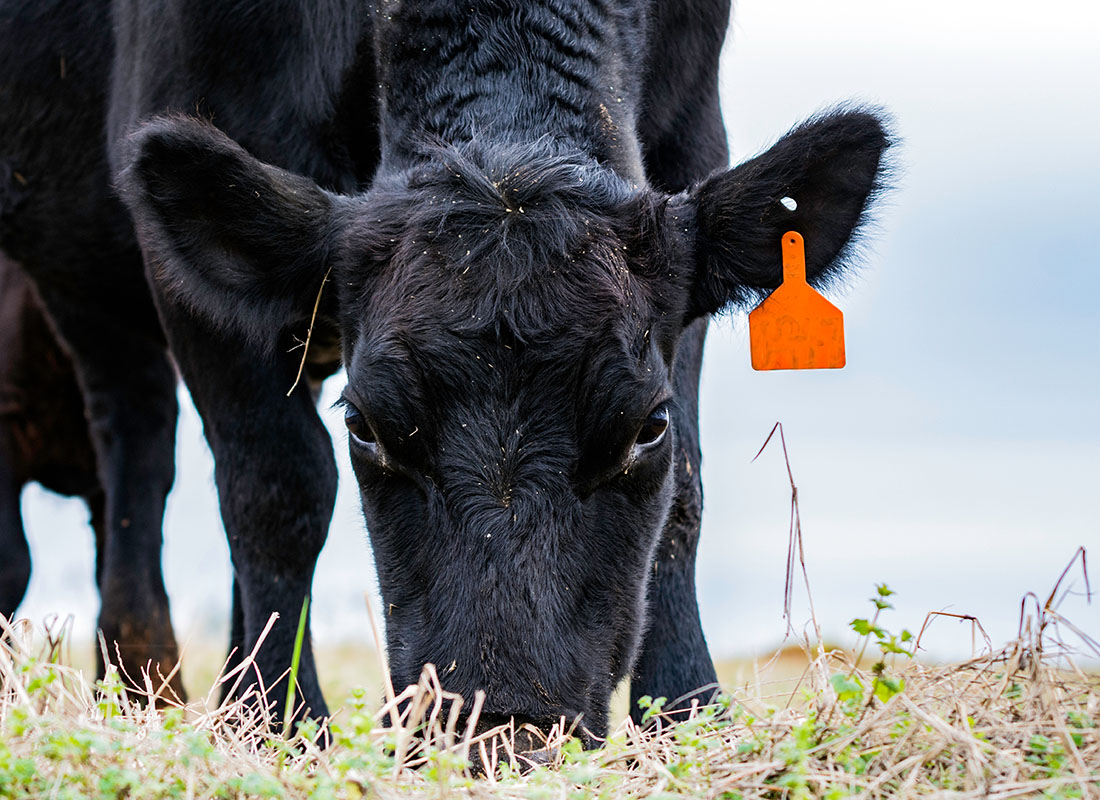Key Aspects to Think About When Picking Livestock Threat Defense (LRP) Insurance Policy
When evaluating options for Livestock Danger Security (LRP) insurance coverage, several key aspects call for mindful consideration to ensure efficient risk monitoring in the farming field. Selecting the appropriate protection options customized to your details livestock procedure is extremely important, as is recognizing exactly how exceptional costs correlate with the degree of security offered. Additionally, the qualification standards for different sorts of animals and the versatility of the policy to adjust to altering circumstances are crucial elements to consider. The effectiveness and openness of the insurance claims procedure can dramatically impact the general experience and economic end results for animals manufacturers. By strategically browsing these critical elements, manufacturers can guard their financial investments and reduce possible dangers effectively.
Protection Options
When thinking about Animals Threat Protection (LRP) insurance, it is crucial to recognize the numerous insurance coverage alternatives offered to alleviate threats in the agricultural industry. Animals Risk Protection (LRP) insurance supplies different protection options tailored to satisfy the varied requirements of animals manufacturers.
One more important coverage alternative is the recommendation duration, which determines the length of time the insurance coverage is in effect. Manufacturers can choose the recommendation period that ideal suits their production cycle and market conditions. Additionally, protection levels and rates differ based on the sort of animals being insured, providing producers the versatility to customize their insurance coverage plans according to their particular needs.
Recognizing the various insurance coverage options readily available under Animals Threat Protection (LRP) insurance is essential for manufacturers to make educated choices that efficiently shield their livestock procedures from market unpredictabilities.
Costs Costs

Animals Threat Protection (LRP) insurance coverage gives vital coverage alternatives customized to mitigate dangers in the agricultural industry, with a considerable aspect to think about being the calculation and framework of premium costs. These consist of the kind and number of animals being insured, the protection level chosen, the present market prices, historic cost data, and the size of the protection period.
Insurers examine historical information on animals costs and manufacturing expenses to figure out a proper premium that shows the level of threat included. It is necessary for animals producers to carefully examine premium costs and protection alternatives to ensure they are appropriately secured against possible economic losses due to negative market problems or unanticipated events.
Qualified Animals
The resolution of eligible animals for Animals Danger Security (LRP) insurance coverage entails careful consideration of specific criteria and characteristics. Livestock kinds that are usually eligible for LRP insurance policy include feeder livestock, fed swine, lambs, and livestock.
Feeder cattle, for instance, are generally eligible for LRP insurance coverage if they drop within specified weight arrays. Fed cattle might likewise be eligible, yet they should meet certain weight and high quality grade demands. Swine eligible for insurance coverage generally consist of market weight pets planned for slaughter. Lambs are one more classification of livestock that can be taken into consideration for LRP insurance, with aspects such as weight and age playing a crucial function in determining their qualification.
Before selecting LRP insurance for livestock, producers ought to thoroughly assess the eligibility requirements described by the insurance provider to ensure their animals satisfy the essential requirements for protection.
Policy Flexibility
Policy flexibility in Animals Threat Security (LRP) insurance allows manufacturers to tailor protection to suit their particular needs and risk administration methods. This adaptability encourages livestock manufacturers to customize their insurance plans based on elements such as the kind of livestock they have, market problems, and private threat tolerance degrees. By offering adjustable alternatives, LRP insurance makes it possible for producers to effectively handle their risk exposure while guarding their livestock procedures versus unexpected market volatility.
Cases Refine
Upon experiencing a loss or damage, manufacturers can launch the cases procedure for their Livestock Threat Security (LRP) insurance by immediately calling their insurance policy supplier. It is crucial for producers to report the loss as soon as feasible to quicken the claims process. When reaching out to the insurance coverage supplier, manufacturers will certainly require to provide comprehensive info regarding the case, consisting of the day, nature of the loss, and any kind of relevant documentation such as veterinary documents or sites market prices.

After the assessment is total, the insurance copyright will make a choice concerning the case and communicate the result to the manufacturer. If the insurance claim go to this website is accepted, the producer will obtain compensation according to the terms of their Animals Threat Protection (LRP) insurance plan. Bagley Risk Management. It is necessary for producers to be knowledgeable about the insurance claims procedure to make certain a smooth experience in the event of a loss

Conclusion
To conclude, when choosing Livestock Risk Protection (LRP) insurance, it is necessary to consider coverage alternatives, premium prices, qualified animals, policy versatility, and the claims process. These key factors will help ensure that farmers and ranchers are adequately protected versus prospective dangers and losses connected with their livestock procedures. Making an informed decision based upon these factors to consider can inevitably cause better financial safety and security and assurance for animals manufacturers.
Animals Risk Protection (LRP) insurance provides various protection choices tailored to satisfy the varied needs of animals producers.The determination of qualified livestock for Animals Risk Defense (LRP) insurance protection includes cautious consideration of particular requirements and attributes.Plan flexibility in Livestock Danger Protection (LRP) insurance coverage enables manufacturers to tailor coverage to match their specific needs and run the risk of management methods.Upon experiencing a loss or damages, producers can launch the claims procedure for their Animals Risk Security (LRP) insurance by immediately calling their insurance coverage service provider.In conclusion, when choosing explanation Livestock Danger Security (LRP) insurance policy, it is essential to think about protection choices, premium expenses, eligible livestock, policy versatility, and the insurance claims process.
Comments on “Specialist Support: Bagley Risk Management Methods”